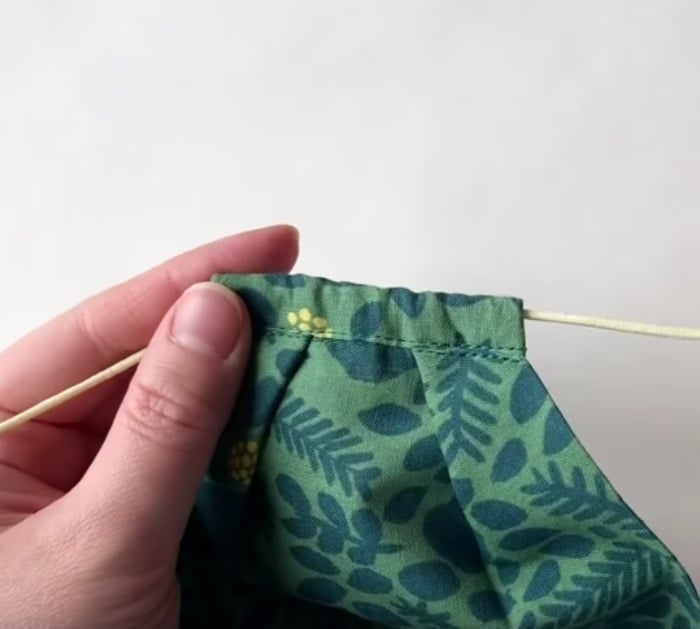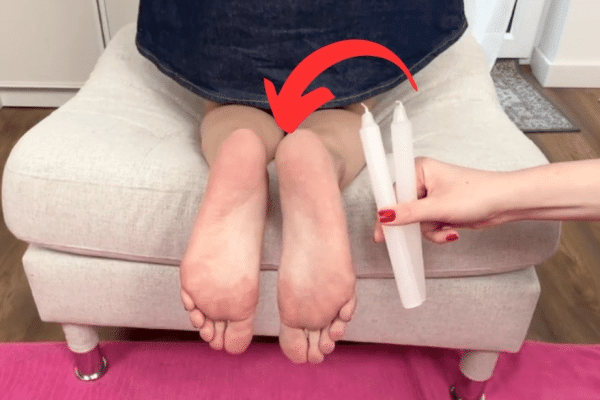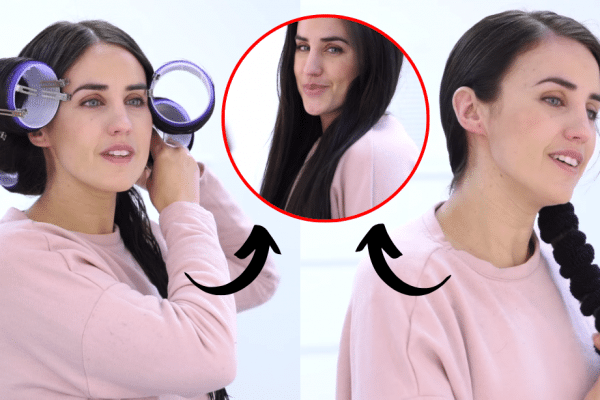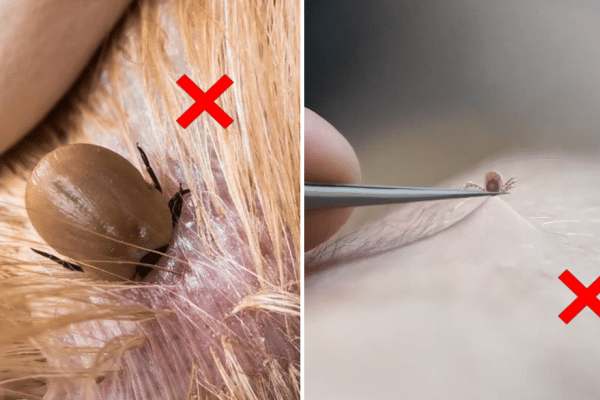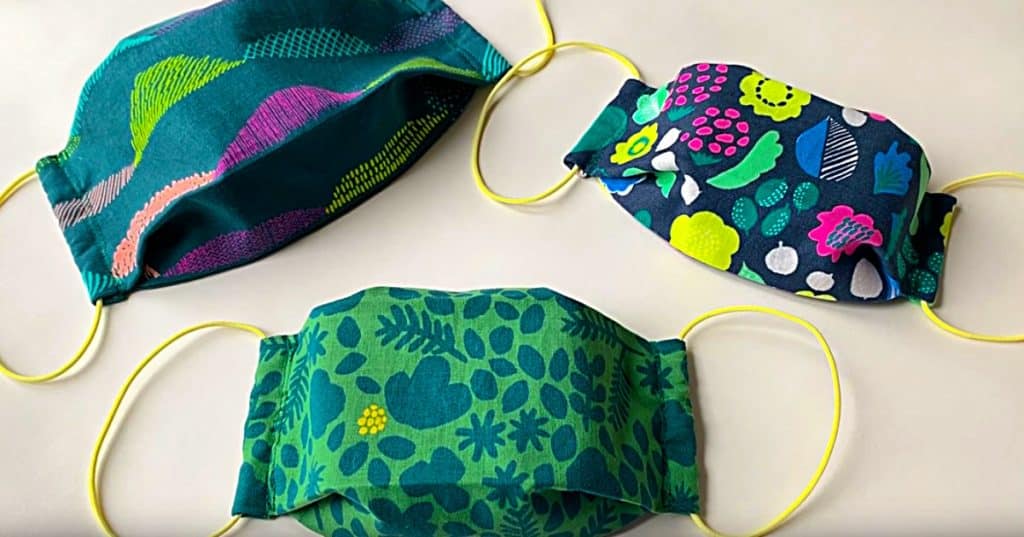
A protective mask is a barrier only, a barrier for airborne germs and particles that may be traveling through the air and the mask gives you the jump on staving off any particles flying around if you are out and in contact with the general public. Most masks are usually made from paper, however, the surgical masks in the Sixties and early Seventies were made of cloth and laundered at high temperatures. So if you are using a mask to just wear to the grocery store or for a small trip out and you want a protection barrier, a cloth mask will work fine for those purposes. In addition to that, you have the prerogative to launder it as you wish, meaning you can take extra precautions like using bleach with your laundry detergent and also hydrogen peroxide can make a great addition to your wash. Both bleach and hydrogen peroxide are excellent disinfectants and can really make your laundry super bright and fresh. I have seen a lot of DIY masks on Youtube but I really loved this one because it has elastic rings that fit through the mask and lock behind the ears, so you can custom fit those elastic pieces so they fit very snugly, but still be comfortable. The tutorial for this mask is very simple and if you were in a pinch and did not have a sewing machine working, you could quite easily use fabric glue. However, the masks that you can make at home are not proven to protect against COVID 19 and I have only made them in a pinch to wear with another disposable mask. For in-depth information regarding how to protect yourself against DOVID 19, please view this link from the CDC Website describing all safe practices during the COVID 19 outbreak.
Materials:
- 2 pieces of fabric (12.6″ x 9.4″)
- 1/2 yard of elastic
- Scissors
- Thread
- A Sewing Machine
Directions:
First, sew your mast right sides together.
Then follow the simple instructions in the video and sew two channels that will house your elastic.
Then feed your elastic through the tie off and cut.
This is a great little comfortable mask and very simple to make. Why not make a few to give to friends or even donate some?
Please note: This mask can not prevent Covid-19 nor will it protect as much as an N-95 respirator mask. The tutorial for this fabric mask and info in this article is provided for educational and entertainment purposes only. For more information on Covid-19, please visit the CDC website which states “In settings where facemasks are not available, HCP (healthcare personnel) might use homemade masks (e.g., bandana, scarf) for care of patients with COVID-19 as a last resort. However, homemade masks are not considered PPE, since their capability to protect HCP is unknown. Caution should be exercised when considering this option. Homemade masks should ideally be used in combination with a face shield that covers the entire front (that extends to the chin or below) and sides of the face.”


